Services Address Recruiting Challenges and Repair Capacity
Talent shortages are deeper and have wider implications than can be seen at first glance, maritime service heads suggest.
“We are in a competition for talent, not just in recruiting sailors and marines, but in attracting government, civilians and employees to the defense industrial base to support our fleet and our force,” said Undersecretary of the Navy Erik Raven.
Raven spoke at the opening of the Sea, Air and Space conference at the National Harbor, Maryland, on Monday and was followed by a panel of service commanders.
Many of the debates currently plaguing the country’s ability to build and repair vessels stem from a shared reason: low recruitment levels in the services. Shipyards are an increasingly problematic bottleneck, according to one panelist.
Ann Phillips, administrator of the Department of Transportation Maritime Administration, explained how recruiting is linked to shipbuilding, as mariners and vessels power the logistics behind military operations worldwide.
Philips described difficulty in recruiting and training due to a lack of appropriate vessels. As her service commissions more hulls, talent also places another limit on readiness.
“In order to repair [ships] you don’t necessarily have the full skill set to build, so more capacity to be able to build as well, this again is a whole government challenge,” Philips said.
As the country addresses its talent shortage and building and repairing capacity, Philips’ service is in a difficult game.
“We’re competing for repair capacity with the Coast Guard, the Navy, the Army Corps,” Phillips said and suggested more capacity would enable all services to maintain timely readiness. And this capacity would be the result of an abundance of facilities as well as labor.
Communication is another factor. “Many people in the nation do not know we have a Coast Guard,” said Adm. Linda Fagan, commandant of the U.S. Coast Guard. She explained her service invests in marketing to reach new audiences.
“In addition to increasing recruiting capacity and 90 recruiting offices, we're starting up junior [Reserve Officer Training Corps] programs,” Adm. Fagan said.
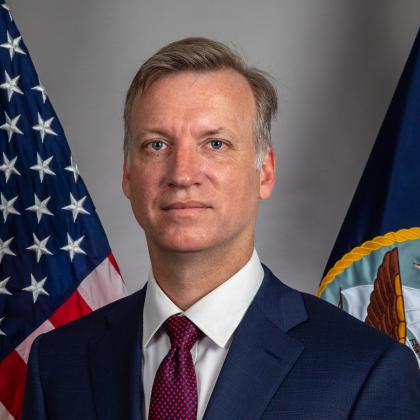
We are in a competition for talent.
Gen. David Berger, USMC, commandant of the U.S. Marine Corps, stressed military benefits as a way to increase retention.
“There has been a contract and an understanding between service members and the agency that if you join the military, you’re going to have the very best military care in the world, and you’re going to have it accessible where you are,” Berger said. He further explained how mental and reproductive healthcare is a must-have component.
Benefits are part of the service heads' attempts to keep their talent, along with opening more careers and opportunities to maintain interest and engagement.
“What we’re trying to do in the Navy, within the enlisted side, is a detailed marketplace to truly be much more transparent in terms of what’s available, so that if a single sailor, or woman, or family, they have a much greater role and much more leverage how they manage their own career from apprentice to journeyman to supervisor,” Adm. Mike Gilday, USN, chief of naval operations, said. He explained how this type of career management system is currently under development and is expected to work as a retention tool for active-duty sailors.
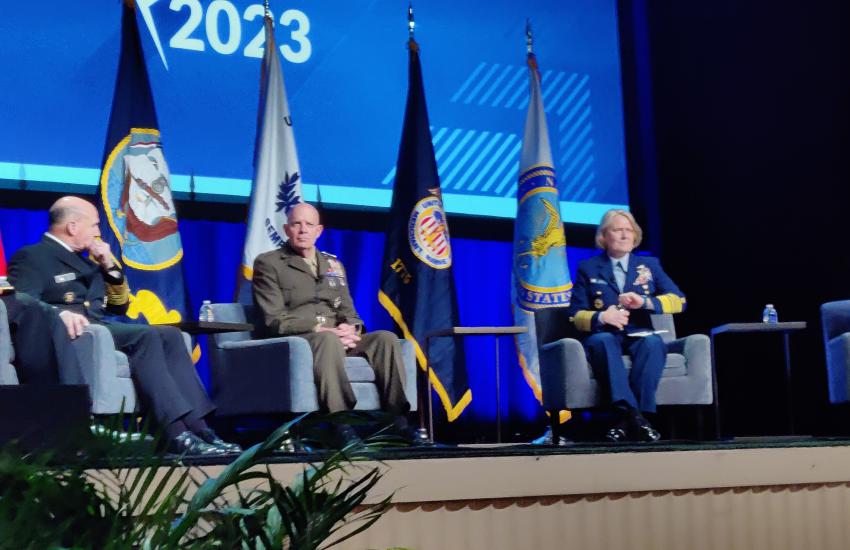
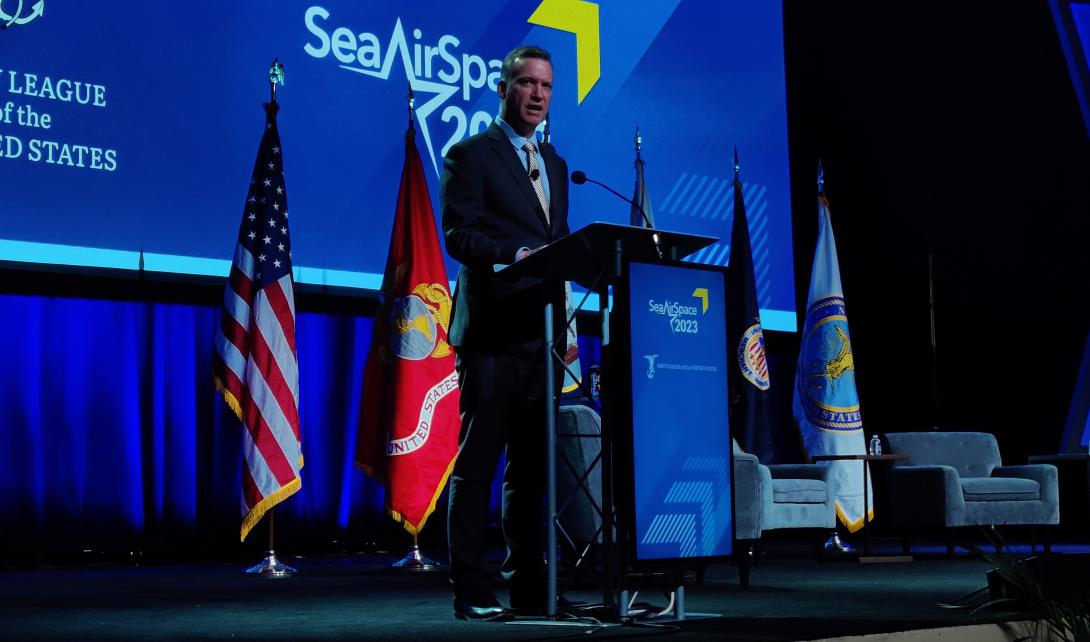
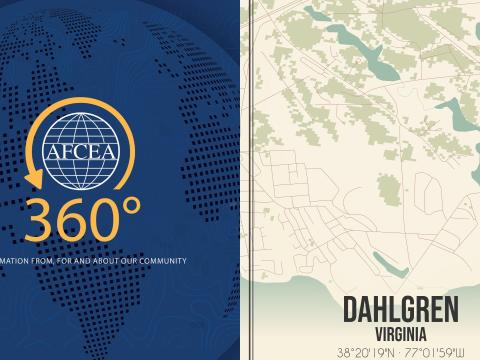
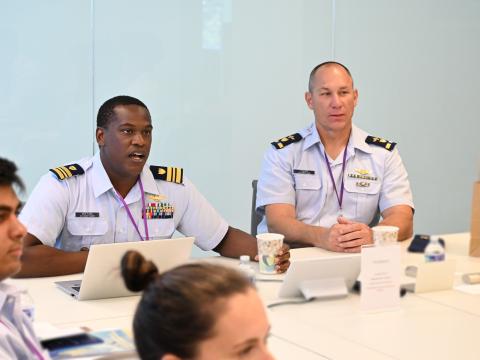
Comments